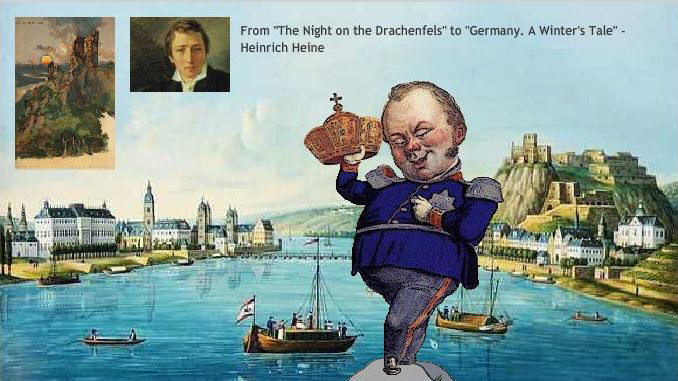
Prussian Rhine Province
The Rhineland around 1815. After the Congress of Vienna, our region was part of the Prussian Rhine Province within the Kingdom of Prussia under Frederick William III (1797-1840).

The Rhineland around 1815. After the Congress of Vienna, our region was part of the Prussian Rhine Province within the Kingdom of Prussia under Frederick William III (1797-1840).
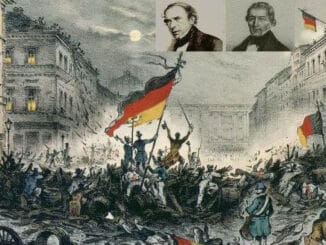
Germany, 1848, the year of the Revolution of 1848/49. The news about the February Revolution in France had spread quickly. Already in the first days of March, people throughout Germany had taken the streets, waving black-red-golden flags, demanding unity, freedom of the press, freedom of assembly and the right to form armed militias.
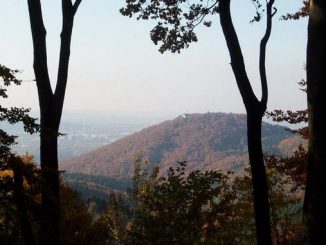
Mount Petersberg in the Siebengebirge is a worthwhile destination not only for state guests. You may have heard the correspondent from Germany speaking about the “The Petersberg close to Bonn” because the Grand Hotel on the Petersberg is still the guesthouse of the Federal Government and a venue for international conferences.
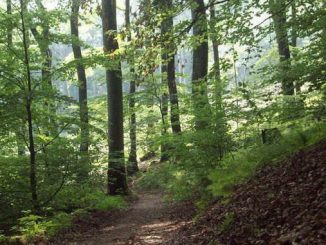
Mount Nonnenstromberg in the Siebengebirge (355 m) with the natural forest cell is a piece of paradise for nature lovers. It is one of the seven eponymous mountains.
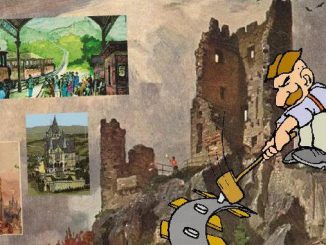
For almost 30 years, named Bismarck Era after him, the “Iron Chancellor” Otto von Bismarck he and his Emperor William I decided about Prussia’s and Germany’s fate. Among all the Prussian and then German politicians, he stands out. He raised Prussia to a position of hegemony among the German-speaking countries.
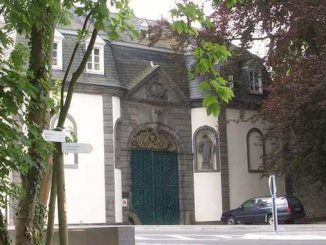
Königswinter-Oberdollendorf is a good trailhead to discover the Siebengebirge. The second stage of the Rheinsteig hiking trail leads from the village of Königswinter-Oberdollendorf through the Mühlental valley to Heisterbach Abbey. Let us have a look around. With its crooked streets, the beautiful half-timbered houses and of course the wine restaurants, Oberdollendorf is a town for connoisseurs.
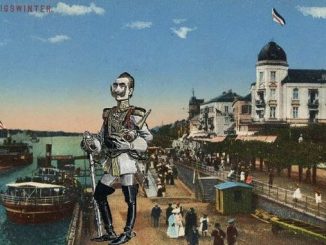
Germany around 1900, named Wilhelmine Era after Kaiser Wilhelm II. For many people, life was good. It was the time of impressionist and expressionist painting, historicism and eclecticism in architecture, and, turning away from old styles, art nouveau. In the “Belle Époque” people enjoyed their lives – at least those who could afford it.
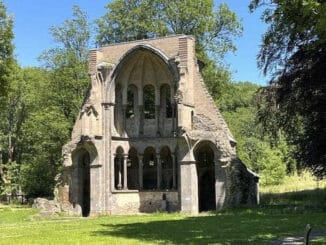
For some six centuries, Heisterbach Abbey was the religious center of our region. Only the medieval choir ruins and the tithe barn have remained. On the way from Königswinter-Oberdollendorf to Heisterbacherrott, you will see the abbey’s baroque portal already from afar. Shortly afterwards, you see the famous choir ruin.
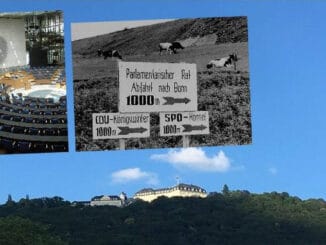
Now we have come to the last chapter in the history of our region, it covers the period from the Great War to the “Bonn years” of the Federal Republic of Germany.
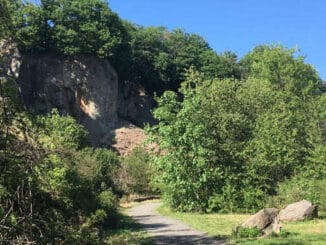
Not much has remained of Mount Stenzelberg in the Siebengebirge, due to centuries of quarrying for quartz latite, a volcanic rock.
Copyright © 2025 | MH Magazine WordPress Theme by MH Themes